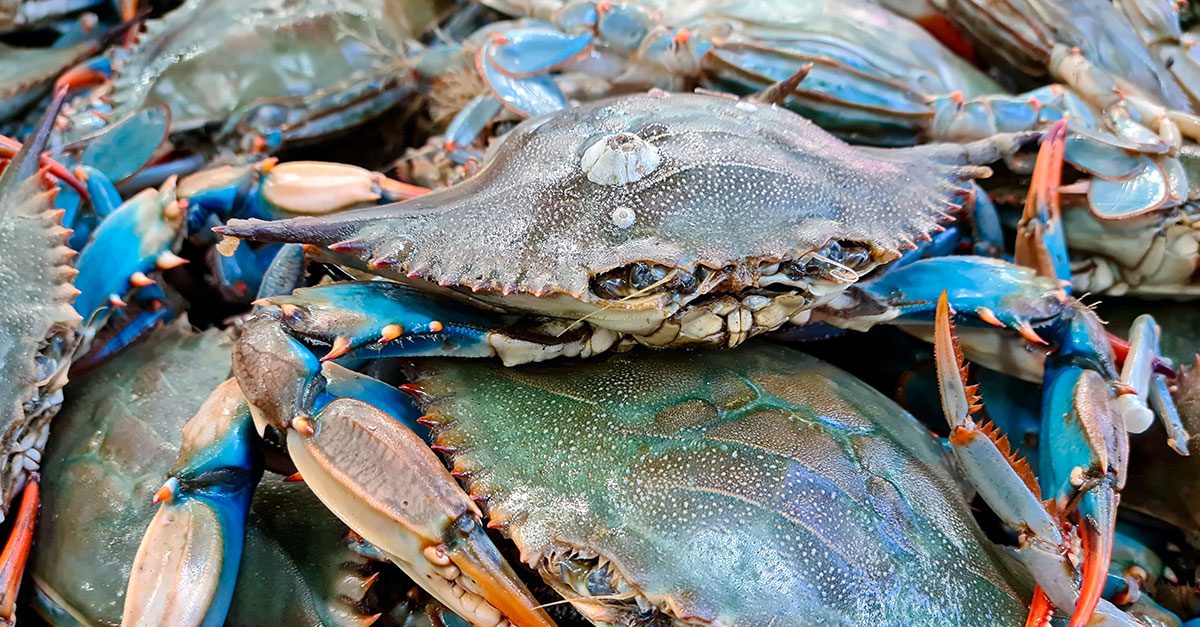Is It Safe To Eat Blue Crabs?
Crab dishes are great but many people have only had red crabs for their dishes when there are also blue crabs. Are blue crabs bad for health or is it just ignorance of their existence that has bellied their popularity?
;)

Crab dishes are a favorite for many. However, most people have only had crabs that are red making it easy to assume the blue ones are just shunned or too rare for the masses to enjoy.
In this brief we address a simple question. Is it safe to eat blue crabs?
The answer is yes. It is perfectly safe to consume blue crabs. They have been eaten for centuries with no problem. In fact, there is evidence that Native Americans, Euro-American colonists, and African Americans often feasted on blue crabs.
Blue crabs are generally safe to eat, but there are occasions when it is unsafe to do so.

It is no secret that not all crabs should be eaten. Some are toxic and can kill within mere hours of consumption.
Many of such toxic crabs have bright colors, but others are normal looking. So, is the bright blue color on the blue crab a toxic warning?
No, it is not. The blue crab can be eaten as it seems to have evolved that color to simply fool predators who have learnt over the years not to attack brightly coloured creatures.
Evidence shows that Native American, Euro American colonists, and African Americans were feasting on blue crabs – even much more than previously thought.
So, it is okay to eat blue crab. They are perfectly safe and delicious. Except you are allergic to crustaceans.
When Is Eating Blue Crab Unsafe?

Eating blue crab, for the most part, is safe. But no food source is 100% safe to eat all the time.
You should never eat crab if you know you are allergic to shellfish, more specifically crustaceans. In fact, it is best to avoid shellfish altogether.
Reactions worsen over time, so once you develop an allergy, you should start avoiding the food.
The most severe reaction to allergy is anaphylaxis which can cause death if not treated. Unfortunately, anaphylaxis also occurs on first-time allergies to shellfish.
Another circumstance under which eating blue crab is a no-no is when it has been dead for hours.
Once a crab has died, it becomes a breeding ground for bacteria. The spread of bacteria is multiplied in warm temperatures (room temperature) or hot temperatures.
As such the meat becomes mushy and flavorless, and it also has the potential to make you seriously sick with shellfish poisoning.
Shellfish poisoning symptoms include:
- Nausea
- Vomiting
- Abdominal Pain
- Diarrhea
- and Cramps
If you have any of these signs, take plenty of fluids and avoid vomiting. Also, consult with a medical practitioner if possible.
;Resize,width=767;)
;Resize,width=712;)
;Resize,width=712;)
;Resize,width=712;)
